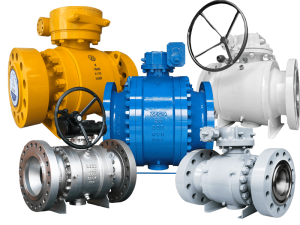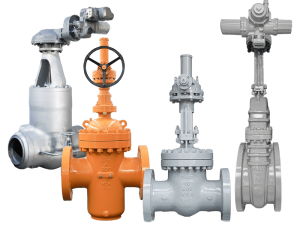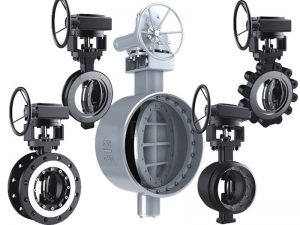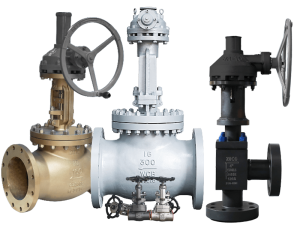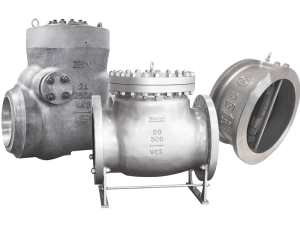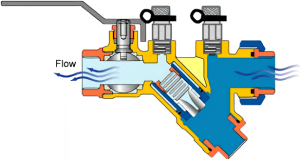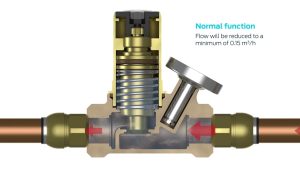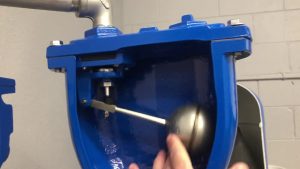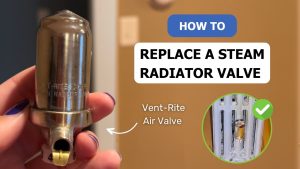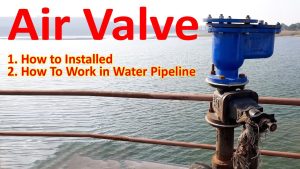Ne nous voilons pas la face :
Lorsqu'il s'agit de sécurité industrielle, vous ne pouvez pas vous permettre de faire des économies. Et c'est exactement la raison d'être des robinets à boisseau sphérique anti-incendie.
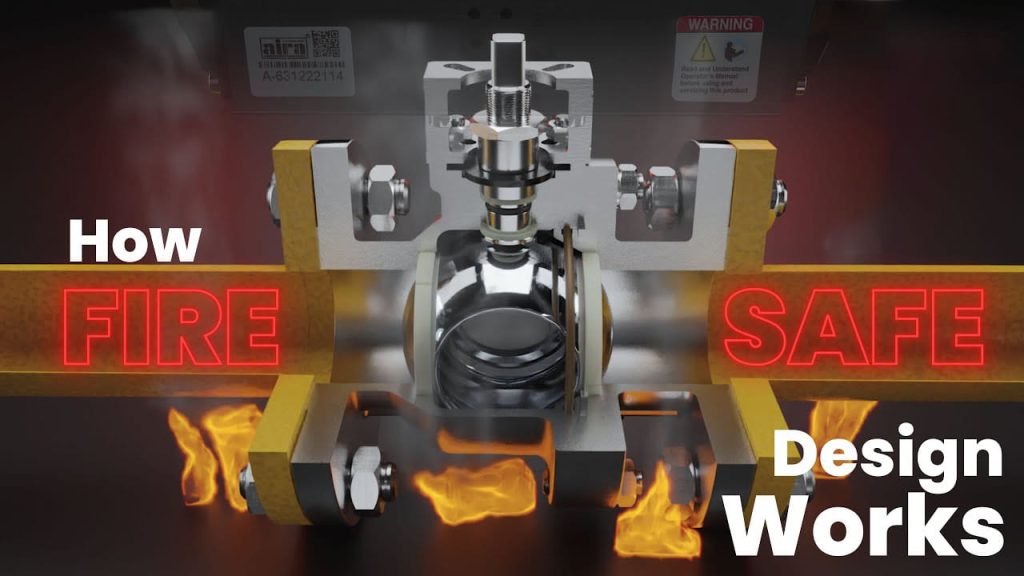
Table des matières
- Qu'est-ce qu'un robinet à boisseau sphérique de sécurité incendie ?
- Pourquoi les robinets à boisseau sphérique de sécurité incendie sont importants (plus que vous ne le pensez)
- Anatomie d'un robinet à boisseau sphérique de sécurité incendie
- Comment identifier un robinet à boisseau sphérique véritablement sûr pour le feu
- 5 Applications critiques pour les robinets à tournant sphérique de sécurité incendie
- Capacités de pression et de température : Les chiffres qui comptent
- Options d'actionneur : Faire travailler votre vanne pour vous
- L'avantage caché : Contrôle des émissions fugitives
- Meilleures pratiques d'installation : Réussir dès la première fois
- Maintenance : Maintenir vos systèmes de sécurité prêts
- Comparaison des robinets à tournant sphérique de sécurité incendie avec d'autres technologies
- Le résultat : Les robinets à boisseau sphérique de sécurité incendie valent-ils l'investissement ?
- Conclusion : Qu'est-ce qu'un robinet à boisseau sphérique de sécurité incendie et pourquoi est-il important ?
Qu'est-ce qu'un robinet à boisseau sphérique de sécurité incendie ?
Un robinet à boisseau sphérique résistant au feu est une vanne spécialisée conçue pour maintenir son étanchéité pendant et après une exposition au feu, empêchant ainsi la propagation de fluides inflammables et garantissant une sécurité critique dans les environnements industriels à haut risque..
Mais voilà :
La plupart des gens ne comprennent pas à quel point ces composants sont cruciaux jusqu'à ce qu'il soit trop tard.
Dans ce guide complet, je vais vous présenter tout ce que vous devez savoir sur les robinets à boisseau sphérique anti-incendie - de leur fonctionnement à la raison pour laquelle ils pourraient être l'élément de sécurité le plus important de votre installation.
Plongeons dans le vif du sujet.
Pourquoi les robinets à boisseau sphérique de sécurité incendie sont importants (plus que vous ne le pensez)
Voici quelque chose qui pourrait vous surprendre :
Le risque d'incendie existe dans pratiquement TOUTES les usines de production. Mais certaines industries sont beaucoup plus exposées à ce danger que d'autres.
Pensez-y :
- Installations de traitement chimique
- Opérations pétrolières et gazières
- Centrales électriques
- Fabrication de papier
Tous ces environnements sont quotidiennement confrontés à des matériaux hautement inflammables.
Et c'est là que le bât blesse :
La défaillance d'une seule vanne lors d'un incendie peut avoir des conséquences catastrophiques. C'est là qu'interviennent les robinets à tournant sphérique à sécurité incendie.
Contrairement aux robinets à tournant sphérique standard, les variantes à sécurité incendie sont spécifiquement conçues pour maintenir leurs capacités d'étanchéité même lorsqu'elles sont exposées à une chaleur extrême et à des conditions d'incendie.
Anatomie d'un robinet à boisseau sphérique de sécurité incendie
Avant d'entrer dans les détails, voyons ce qui fait la spécificité de ces valves.
Un coffre-fort vanne à bille se compose généralement des éléments suivants
- Assise métal contre métal - Crée un second joint d'étanchéité lorsque les sièges souples primaires se consument.
- Matériaux spéciaux pour les sièges - Souvent TFM ou 50/50 (acier inoxydable/PTFE)
- Construction robuste de la carrosserie - Généralement en carbone ou en acier inoxydable
- Tiges testées au feu - Empêche les fuites au niveau de la tige
La magie opère dans la façon dont ces composants fonctionnent ensemble lorsqu'ils sont exposés au feu.
Dans des conditions normales, les sièges souples (comme le TFM) assurent l'étanchéité. Mais lorsqu'un incendie se déclare et que les températures montent en flèche, ces matériaux souples peuvent brûler ou se déformer.
C'est à ce moment-là que le siège métal contre métal intervient en renfort, maintenant l'étanchéité critique même lorsque les températures atteignent des niveaux extrêmes.
Plutôt malin, non ?
Comment identifier un robinet à boisseau sphérique véritablement sûr pour le feu
Tous les robinets qui prétendent être "sûrs contre l'incendie" ne répondent pas nécessairement aux normes requises.
Voici comment vous pouvez reconnaître une véritable affaire :
Rechercher la certification
Les robinets à boisseau sphérique légitimes sont testés et certifiés selon des normes spécifiques telles que
- API607
- API6FA
- ISO 10497
- BS 6755 Partie 2
Ces normes impliquent des tests rigoureux au cours desquels les soupapes sont littéralement exposées à des flammes dépassant 760°C (1400°F) tout en conservant leur intégrité d'étanchéité.
Vérifier les matériaux
Le corps de la vanne doit être fabriqué à partir de matériaux résistants au feu tels que :
- Acier Carbone
- Acier inoxydable
- Autres aciers alliés à haute température
Éviter les vannes dont les composants du corps sont principalement constitués de plastiques ou d'autres matériaux à faible point de fusion.
Vérifier la conception des sièges
La soupape doit être équipée d'un siège de secours métal sur métal qui s'active lorsque les sièges souples primaires sont endommagés par le feu.
5 Applications critiques pour les robinets à tournant sphérique de sécurité incendie
Les robinets à boisseau sphérique anti-incendie ne sont pas seulement "agréables à avoir" - dans de nombreuses applications, ils sont absolument essentiels. Voici les principaux scénarios dans lesquels il ne faut jamais faire de compromis :
- Lignes de traitement à haute température Lorsque votre système fonctionne régulièrement à des températures supérieures à 300°F, les vannes standard ne suffisent tout simplement pas.
- Transport de fluides inflammables Toute canalisation transportant du gaz naturel, des produits pétroliers ou d'autres liquides inflammables doit impérativement être équipée de vannes anti-incendie.
- Systèmes d'arrêt d'urgence Lorsque votre système ESD doit isoler des sections en cas d'incendie, la défaillance n'est pas une option.
- Applications relatives aux émissions fugitives Les systèmes dans lesquels le confinement des matières dangereuses est essentiel bénéficient grandement des vannes anti-incendie avec packs de confinement des émissions.
- Services cryogéniques Avec des sièges et des extensions de tige spéciaux, les robinets à tournant sphérique de sécurité incendie peuvent même supporter des froids extrêmes tout en conservant leurs propriétés de sécurité incendie.
Capacités de pression et de température : Les chiffres qui comptent
Lors de la sélection d'un robinet à boisseau sphérique résistant au feu, il est essentiel de connaître ses caractéristiques en matière de pression et de température.
Les spécifications typiques sont les suivantes
- Plage de température: Des applications cryogéniques jusqu'à 550°F avec des sièges 50/50
- Capacités de pression: Du vide à 3000 psi pour les petites vannes (1/2″ & 3/4″)
- Taille Disponibilité: Couramment disponible de 1/2″ à 4″ dans différents types de connexion
Voici l'essentiel :
Consultez toujours la courbe pression-température (P/T) de la vanne spécifique pour vous assurer qu'elle répond aux exigences de votre application sur l'ensemble de sa plage de fonctionnement.
Options d'actionneur : Faire travailler votre vanne pour vous
La qualité d'un robinet à boisseau sphérique de sécurité incendie dépend de sa capacité à fonctionner en cas de besoin. C'est là que les actionneurs entrent en jeu.
Les options d'actionneurs les plus courantes sont les suivantes
- Poignée manuelle - L'option la plus simple, qui nécessite une intervention humaine
- Actionneurs électriques - Fournir une capacité de fonctionnement à distance
- Pneumatique (retour par ressort) - Retour automatique à une position de sécurité en cas de perte d'air
- Pneumatique (double effet) - Nécessite une pression d'air pour l'ouverture et la fermeture
Pour les applications de sécurité critiques, je recommande vivement les actionneurs automatisés dotés de capacités de sécurité intégrée. La dernière chose à faire en cas d'urgence est de compter sur une intervention manuelle.
L'avantage caché : Contrôle des émissions fugitives
Voici une chose qui échappe à beaucoup de gens :
Les robinets à tournant sphérique à sécurité incendie offrent souvent un meilleur contrôle des émissions fugitives que les robinets standard.
Avec des options telles que le FEX Fugitive Emission Pack, ces vannes peuvent :
- Réduire considérablement les émissions nocives
- Respecter les réglementations environnementales strictes telles que la norme ISO 15848-1
- Fournir un système de confinement secondaire pour les produits dangereux
Ce double avantage fait des robinets à tournant sphérique de sécurité incendie non seulement un investissement en matière de sécurité, mais aussi un investissement en matière d'environnement.
Meilleures pratiques d'installation : Réussir dès la première fois
Même le meilleur robinet à boisseau sphérique anti-incendie ne fonctionnera pas correctement s'il n'est pas installé correctement. Voici mes meilleurs conseils d'installation :
- Suivre les directives du fabricant - Chaque modèle de vanne a des exigences d'installation spécifiques
- Utiliser des raccords d'extrémité appropriés - Qu'il s'agisse d'un filetage NPT ou d'une soudure par emboîtement, la compatibilité est assurée.
- Envisager des dissipateurs thermiques pour les raccords soudés - Évite d'endommager les sièges lors de l'installation
- Vérifier l'orientation correcte - Certaines vannes ont des exigences en matière de débit directionnel
- Test après l'installation - Confirmer le bon fonctionnement avant la mise en service
Rappelez-vous : Une vanne mal installée peut passer les tests initiaux mais ne pas fonctionner lorsque vous en avez le plus besoin.
Maintenance : Maintenir vos systèmes de sécurité prêts
Comme tout autre composant essentiel, les robinets à tournant sphérique de sécurité incendie nécessitent un entretien régulier pour garantir leur fonctionnement en cas de besoin.
Le calendrier d'entretien que je recommande comprend
- Inspections visuelles trimestrielles - Vérifier les signes extérieurs d'usure ou d'endommagement
- Tests de fonctionnement semestriels - Effectuer un cycle avec la vanne pour s'assurer qu'elle se déplace librement
- Essai d'étanchéité annuel - Vérifier que les capacités d'étanchéité restent intactes
- Remplacement des composants souples - Selon les recommandations du fabricant
Conseil de pro : documentez soigneusement toutes les activités de maintenance. En cas d'incident, cette documentation peut s'avérer précieuse, tant sur le plan opérationnel que sur le plan de la responsabilité.
Comparaison des robinets à tournant sphérique de sécurité incendie avec d'autres technologies
Si les robinets à tournant sphérique à sécurité incendie sont excellents pour de nombreuses applications, ils ne sont pas la seule option. Voici comment ils se comparent aux autres solutions :
| Type de vanne | Sécurité incendie | Caractéristiques du débit | Coût | Gamme de tailles |
|---|---|---|---|---|
| Ballon de sécurité incendie | Excellent | Alésage complet disponible | Modéré | 1/2″ à 4″ typique |
| Vanne à guillotine | Bon | Tout droit | Plus élevé | Large gamme |
| Robinet à soupape | Bon | Débit limité | Plus élevé | Large gamme |
| Papillon | Variable | Bon pour les grandes tailles | Plus bas | 2″ et plus |
Pour la plupart des applications nécessitant à la fois la sécurité incendie et de bonnes caractéristiques de débit, les robinets à tournant sphérique de sécurité incendie offrent un équilibre optimal entre performance et valeur.
Le résultat : Les robinets à boisseau sphérique de sécurité incendie valent-ils l'investissement ?
Soyons réalistes :
Les robinets à tournant sphérique à sécurité incendie coûtent généralement plus cher que les robinets à tournant sphérique standard. La question est donc de savoir s'ils en valent la peine.
Considérez ceci :
- La différence de coût moyen pourrait être supérieure de 15-30%.
- Quel est le coût potentiel de la défaillance d'une vanne lors d'un incendie ? Des millions de dollars de dégâts potentiels, sans parler du coût humain.
Si l'on considère les choses sous cet angle, la décision devient évidente.
Pour toute application impliquant des fluides inflammables, des températures élevées ou des systèmes de sécurité critiques, les robinets à tournant sphérique résistants au feu ne sont pas seulement un bon investissement, ils sont essentiels.
Conclusion : Qu'est-ce qu'un robinet à boisseau sphérique de sécurité incendie et pourquoi est-il important ?
Voilà donc tout ce que vous devez savoir sur les robinets à boisseau sphérique anti-incendie dans un guide complet.
Récapitulons : Qu'est-ce qu'un robinet à boisseau sphérique résistant au feu ? C'est un une soupape spécialisée conçue avec des systèmes d'étanchéité redondants pour maintenir l'intégrité pendant et après l'exposition au feu, empêchant la libération catastrophique de matières inflammables lorsque les soupapes standard sont défaillantes..
En 2025 et au-delà, les réglementations en matière de sécurité étant de plus en plus strictes et les conditions de traitement de plus en plus exigeantes, ces vannes spécialisées ne feront que gagner en importance dans les applications industrielles.
La conclusion est simple : lorsque la sécurité est en jeu, il ne faut pas faire de compromis. Assurez-vous d'utiliser des robinets à tournant sphérique à sécurité incendie correctement certifiés et correctement installés dans toutes les applications où il y a un risque d'incendie.
J'aimerais maintenant que vous me fassiez part de vos commentaires :
Utilisez-vous des robinets à tournant sphérique anti-incendie dans votre établissement ? Avez-vous connu des situations où ils ont prouvé leur utilité ? Faites-le moi savoir dans les commentaires ci-dessous !

